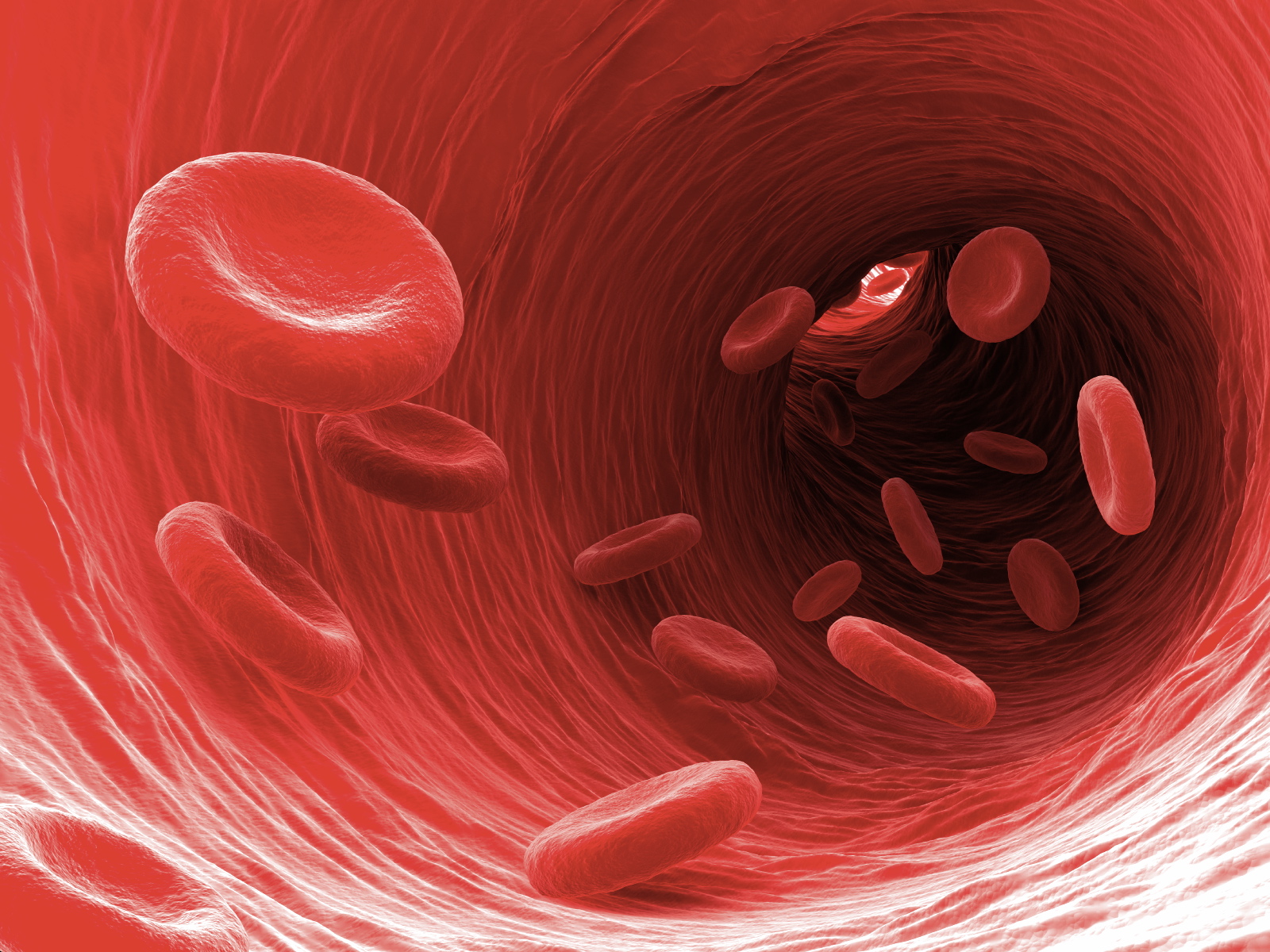
Heart disease is the leading cause of death in the US for both men and women. According to the Centers for Disease Control and Prevention, 735,00 Americans have a heart attack each year, and 610,000 die of heart disease.
Those who survive heart attacks remain at serious risk for heart failure. During a heart attack, the network of blood vessels that delivers blood to the heart, called the coronary arteries, experiences a blockage due to buildup of cholesterol and fatty deposits. Blood can’t flow through to the heart, which means it doesn’t get the oxygen and nutrients it needs, causing tissue to die.
Heart attack survivors are thus left with a heart that’s weaker, making everyday tasks like lifting objects or climbing stairs exhausting or even dangerous. Restoring damaged heart tissue has proved difficult if not impossible, but a research team from Imperial College London has a new tool they hope will be able to heal wounded hearts.
The team developed thumb-sized patches of heart tissue, about two by three centimeters in size and containing up to 50 million human stem cells. They programmed the stem cells to mature into working heart muscle, or cardiac progenitor cells. The patches are sewn onto the damaged area of the heart to help pump blood and release chemicals to stimulate repair and regeneration. The team presented its research at the British Cardiovascular Society (BCS) Conference in Manchester this week.
